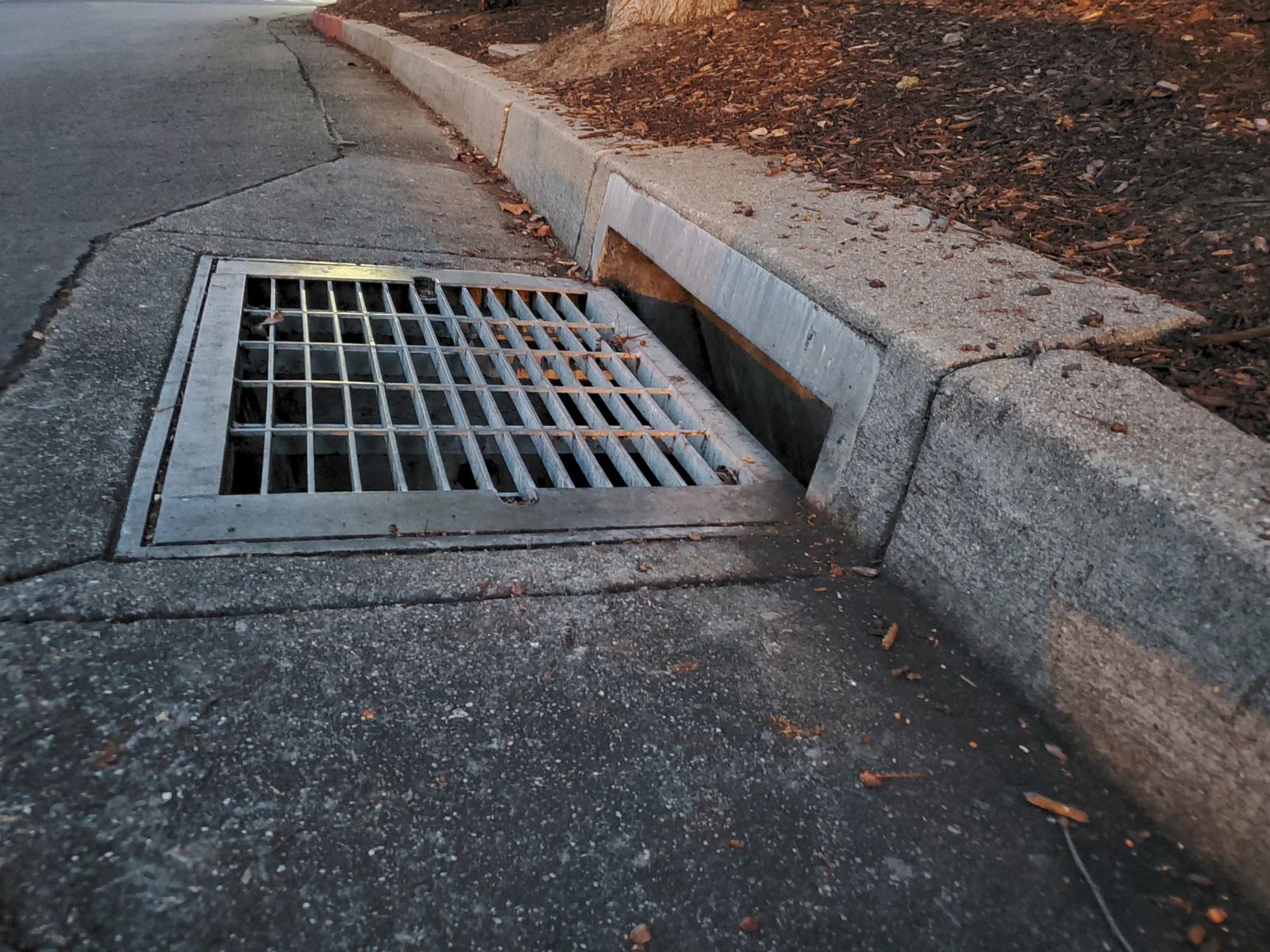The Ultimate Guide to Septic System Installation and Design
September 24, 2025

Whether you're building a new home in a rural area or upgrading an outdated wastewater system, a properly designed and installed septic system is essential for long-term functionality and environmental safety. A well-executed septic setup not only manages household wastewater efficiently but also prevents groundwater contamination and structural damage to your property. Septic system installation is more than just digging a hole and placing a tank—it involves careful planning, soil testing, and compliance with local regulations.
Many homeowners overlook the importance of septic design until problems arise, which can lead to costly repairs or health hazards. That’s why investing in a solid septic system from the beginning saves time, money, and stress. From choosing the right system to ensuring compliance with local laws, every step matters. In this guide, we break down everything you need to know about septic system installation and design.
Understanding the Basics of Septic Systems
A standard septic system consists of two main components: a septic tank and a drainfield (also called a leach field). The septic tank holds and separates solids from the wastewater. Lighter waste floats to the top, forming a scum layer, while heavier solids settle at the bottom. The remaining liquid (effluent) flows into the drainfield, where it undergoes natural filtration through soil. This biological treatment is crucial to prevent pollution and health risks.
Site Evaluation and Soil Testing
Before any design can begin, a site evaluation must be conducted. This includes percolation (perc) tests and soil assessments to determine how well the soil absorbs and treats effluent. Soil type, water table level, and property slope all influence what type of septic system will be best suited. In some cases, alternative systems such as mound systems or aerobic treatment units may be recommended for areas with poor drainage or space constraints.
Choosing the Right Septic System Design
Designing a septic system is not a one-size-fits-all approach. The number of bedrooms in your home, daily water usage, and local building codes all factor into the decision. Common types include conventional gravity systems, pressure distribution systems, and advanced treatment units. Each has its advantages, cost implications, and maintenance requirements. A professional septic designer will ensure that your system complies with municipal regulations while maximizing efficiency and lifespan.
The Installation Process
Once the design is approved, installation begins with excavation, followed by placement of the septic tank and construction of the drainfield. Proper installation is critical to prevent future issues such as system failure, backups, or environmental contamination. Pipe connections must be watertight, and tanks must be level and correctly oriented. After installation, most municipalities require an inspection before the system is backfilled and operational.
Trust the Experts in Septic System Installation
Septic system installation is a complex process that requires experience, precision, and a thorough understanding of local regulations. At On Time Septic LLC, we bring 40
years of hands-on expertise to every project across Irving, Texas. Our team is committed to providing reliable septic solutions tailored to your property’s needs—from design and permitting to professional installation. When it comes to safeguarding your home and the environment, trust the experts who get it done right the first time—trust On Time Septic LLC.





